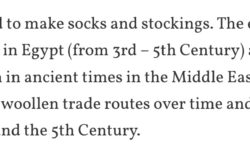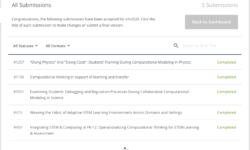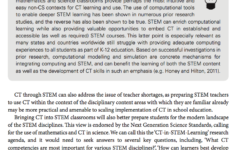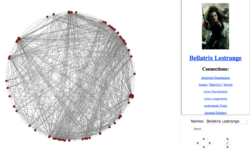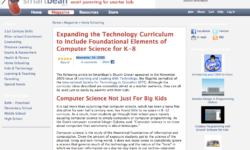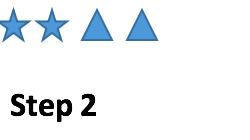
This gallery contains 5 photos.
On November 29 (a date that holds much personal significance for me), I had the distinct pleasure of addressing a wonderful gathering of learning scientists and educators at the 26th International Conference on Computers in Education in Metro Manila hosted by the Ateneo Laboratory for the Learning Sciences of the…




